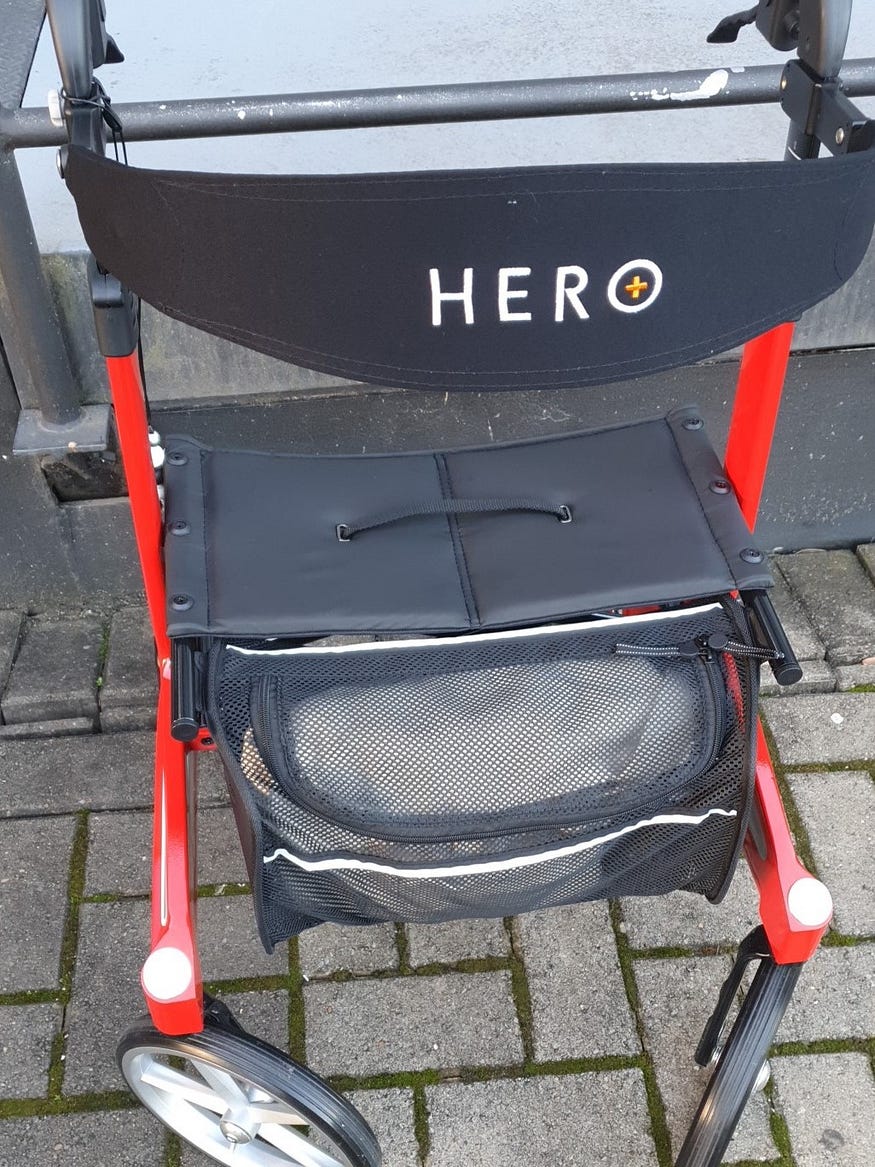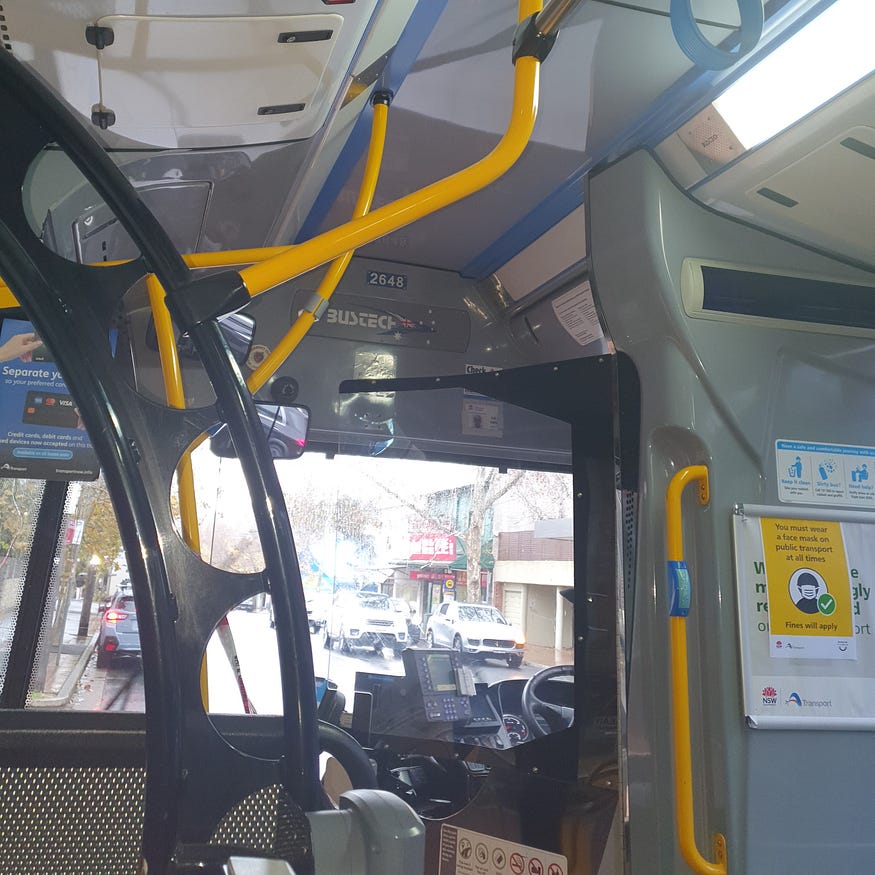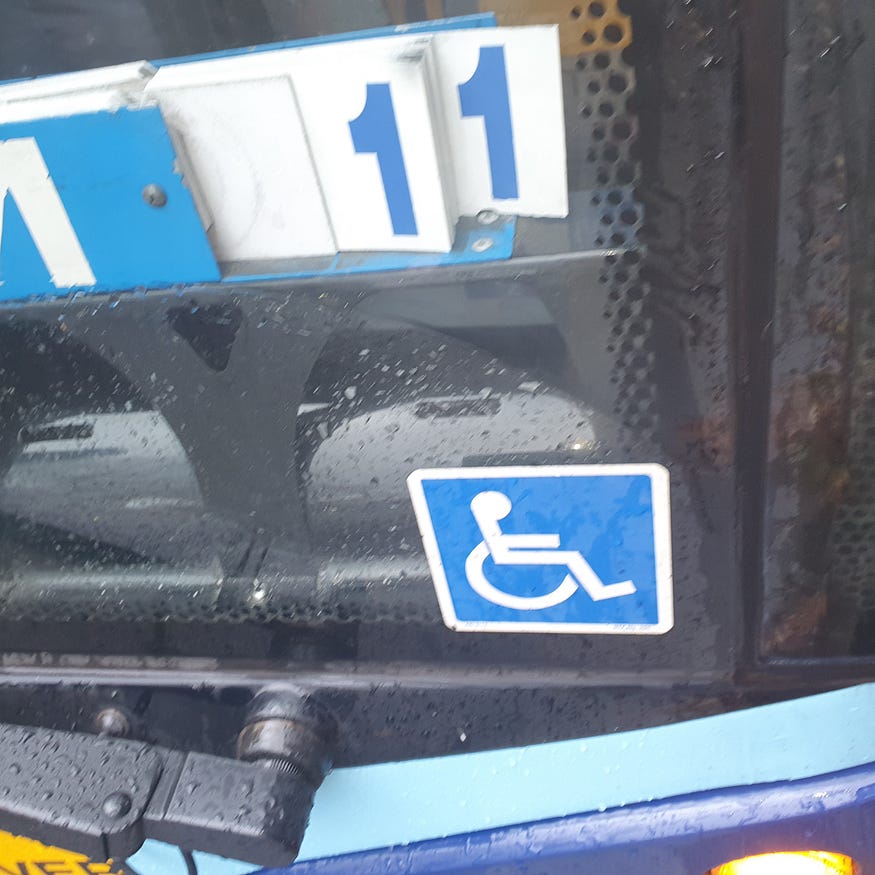My journey to identifying as someone with a disabling chronic illness was fraught with internalized ableism. When my symptoms first became too bad to ignore, I beat myself up for not being able to live a “normal” life. Don’t get me wrong, I still do this sometimes, especially when it comes to the amount of hours I am able to work. I also feel shame when others witness how my health affects me or during a flare-up when I have to let down my students.
- What is Fibromyalgia?
- What Are Common Fibromyalgia Symptoms?
Microaggressions
This internalized ableism has only been compounded by the reactions, comments, and microaggressions proffered by those around me throughout the last decade. Despite scientific evidence to the contrary, some people seem to perceive illness and disability as being the result of some kind of moral failing. Some of the most impactful comments were:
- “I wish I could work only 20 hours a week.” — a friend’s husband
- “Good morning.” — sarcastically stated in the early afternoon by a family member
- “It’s mind over matter… Just pull yourself up by your bootstraps.” — my grandmother
During these years, I have strived to live a life that mirrors that of a “healthy” or “normal” person as much as humanly possible. Much of the time, it has taken so much of my precious energy to simply disguise the pain I experience. When I push myself to do this for too long, I crash — emotionally, physically, and mentally.
Photo by Kelly Sikkema on Unsplash
In striving to live the fullest life possible despite disability, I have taken on a greater workload than I ought to have and thus triggered a flare-up of lupus and fibromyalgia. This made it hard to ask for help, accept help, or avail myself of the aids I so dearly needed. My story is not unique, of that I am sure. Unfortunately, within our ableist, mainstream world, it is understandable that it takes tremendous resistance to avoid viewing ourselves through an ableist lens. Beating ourselves up for our shortcomings. Seeing only how we do not measure up to what a “healthy” person can manage. But our value is not only in what we can produce or earn. I certainly bring a lot more to the world in terms of empathy, encouragement, and love than that metric would have you believe.
Becoming cognizant
In order to begin the journey of overcoming internalized ableism, I had to become cognizant of the shame I felt over the way my chronic illnesses were shaping my life. Once I admitted this shame, I was able to seek out resources to help myself.
Our value is not only in what we can produce or earn.
Thankfully, I found a fantastic post by The Disabled Diva Blog which helped me overcome the reservations and shame I had. It includes this brilliant quote:
“Everybody uses mobility aids.
That’s right, even healthy people need them and not just when they are recuperating from an injury or illness.
Unless someone lives within walking distance of their workplace, grocery store, etc.… they use a bus, car, or train to commute.”
Eventually, with the help of that blog, the disability Twitter community, and that of The Mighty, I was able to start pushing back when my inner critic came at me with ableist microaggressions. I erected boundaries to protect myself from microaggressions regarding my coping with fatigue, pain, and sensory sensitivity. I refused to let them invalidate me.
Enter my new sidekick

Image by author
In June 2021, I had to start using a mobility aid — specifically, the jazzy red and black rollator above. I had been struggling for months, finding that I would tire so quickly when completing unavoidable errands like going to the chemist, attending medical appointments, or getting groceries. The trek from the car back into my flat with whatever I was carrying was unimaginably arduous. I had only ever been this ill once before, and that had lasted two years. Every painful outing worsened my fear considerably. It wasn’t a painstaking outing that helped me realize a mobility aid was necessary for me sometimes; it was an upcoming visit to watch “Hamilton” at the Lyric Theatre in Sydney. I had received tickets for my birthday in March and had been waiting with bated breath ever since.
Photo by Gwen King on Unsplash
The first time I used my rollator in public was on this trip to the Lyric Theatre. It was an immense relief not to walk in the stop-start jerky fashion frequently experienced in queues, which puts more pain on my lower body than just walking at a steady, even pace. I could suddenly carry everything I needed to have with me when I went out without increasing the likelihood of aching lower back muscles, my knees giving out, or increasing the pain in my hands. Waiting for elevators no longer felt like a marathon. I also felt reassured by having a seat close by if I needed it. Making my disability visible instead of struggling invisibly felt like a blessing.
Within a few days of using my jazzy rollator, I was in awe of how much the world opened up for me. I could make my way independently to a specialist appointment at Royal North Shore Hospital, which was a short bus and train ride away from my home. Before this, I’d needed to either shakily make my way there, holding every surface possible (a nightmare in a pandemic), or catch an Uber. Reclaiming my independence was a tonic. I felt more confident in using it based on my positive interactions at both the Lyric Theatre and with Sydney Trains.
Those positive interactions made the times my disability was ignored even more prescient.
Aggression

Image by author
I caught the bus in June to go run some errands in the main strip of shops near me. When I told the driver I wasn’t able to lift my rollator onto the bus and asked him to lower the ramp, he informed me, “That’s only for wheelchairs.”
So he told me to wait for the next bus. I told him I had checked the accessibility of this particular bus online before departing. He reiterated, “It is accessible, for wheelchairs.”
Eventually, this driver conceded to help me lift my mobility aid aboard, still mysteriously avoiding lowering the ramp. However, when I moved to take a photo of this driver’s number on the front of the bus, he threatened to throw me off the bus.

Image by author
While many State Transit buses are listed on the Transport NSW with an accessible symbol and their website refers to “Providing training for our drivers so they can support passengers with mobility issues and special needs,” this can be quite different in practice — as my experience clearly shows. This driver’s attitude had clearly remained unaltered by this training. It certainly affected me enough to avoid availing myself of this aid for a time. Yes, sometimes this meant I have been stuck at home more than strictly necessary. But once again, becoming cognizant of this internalized ableism has helped me push back, strengthen my boundaries and prepare to weather the microaggressions so I can live the fullest possible life.
This story originally appeared on Medium.

